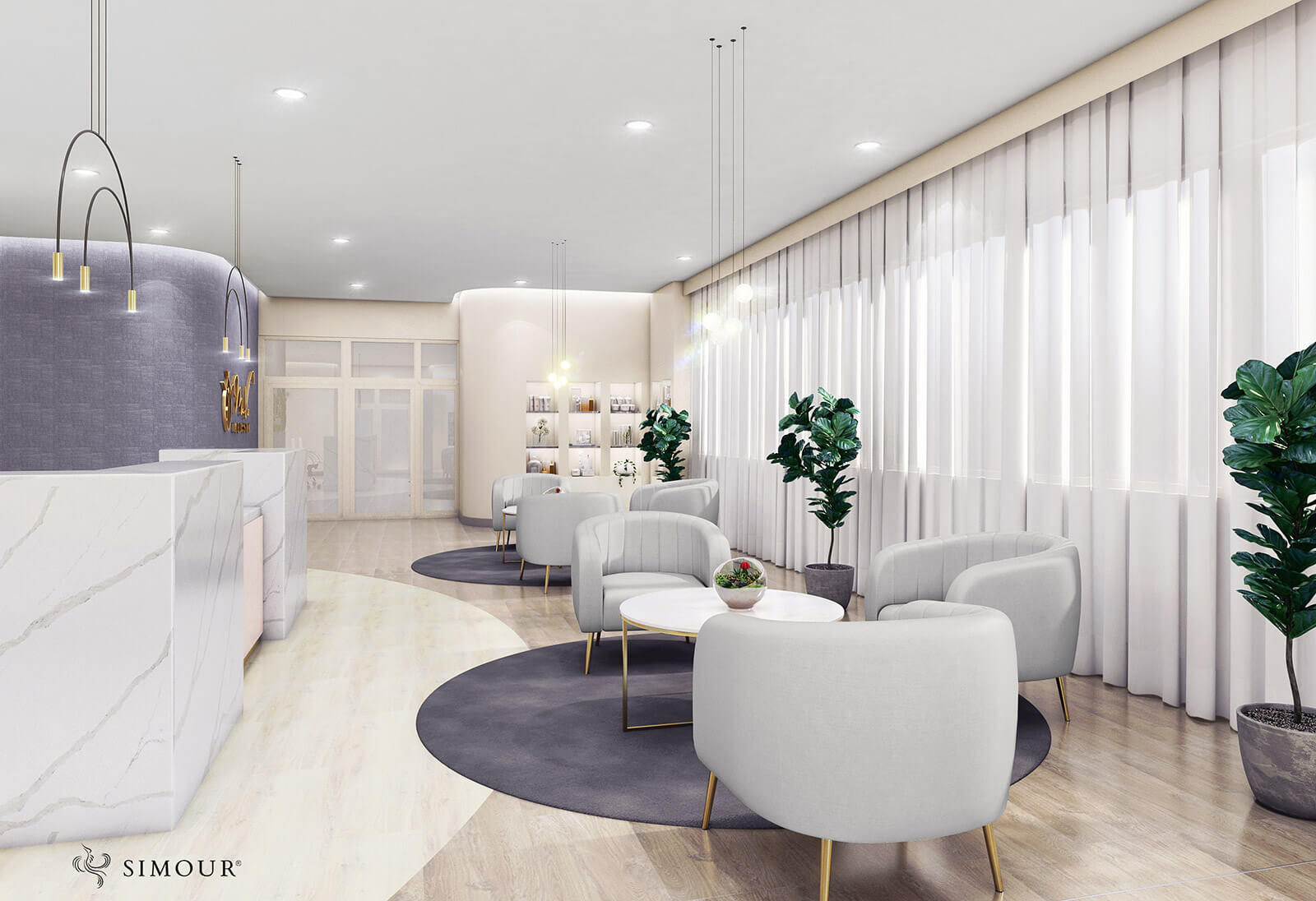“Life is a classroom. Only those who are willing to be lifelong learners will move to the head of the class.” – Zig Ziglar
Consultation rooms are about comfort and interaction. It is the first in a process towards medical attention and making that experience pleasant, comfortable, and meaningful can do a lot to achieve the desired patient outcomes. How can you make your consultation rooms more effective and efficient? Today we are laying out these design considerations worth looking into so you can do so. Let us begin!
- Privacy
Effective consultation rooms must be able to create a safe space that will inspire privacy and intimacy. It must make the patient comfortable enough to carry out conversations confident that your space will protect them from prying eyes and ears. It is part of building trust with your patients, enabling them to be more forthcoming about what needs medical attention from you. In the same regard, making your consultation rooms pleasant spaces for discussions can work to your advantage when sales consultants can discuss products or treatments to a more relaxed audience without disruptions. - Size
While going for privacy and intimacy can mean making rooms smaller, you would not want to risk making it almost claustrophobic for your patients. As a rule of thumb, assign around 90 sq. ft. to 110 sq. ft. for your consultation rooms. We suggest adding 20 sq. ft. if you plan to install diagnostic equipment. - Acoustics
Making a conducive environment free from interference and interruptions also goes for unwanted noise. It does not have to be drastic like cinema acoustics, simple interventions like heavy drapes and carpets can absorb sound so conversations do not escape and reduce reverberation enough to make a difference. - Lighting
Lighting can greatly affect the ambiance you are trying to achieve and while general overhead lighting is good, a few accent fixtures like a tableside lamp or a floor lamp can complement it effectively. - Furniture
To maximize space, consider a floating writing counter instead of a bulky consultation table. This is a great alternative and a space saver and is ideal as a laptop or writing desk for doctors.Additionally, while it may be tempting to provide a lot of seating options to create that comfortable space we advise sticking to a few key pieces like a loveseat and an individual chair. The loveseat for a roomier seat for your patient and a chair for the attending doctor. A side and center table to place papers or a beverage on will be handy as well can be the core of your consultation room furniture basics. - Storage
Consultation rooms should always be free from clutter. Storage is essential to keep things uncluttered and organized so options must be provided. A sideboard where you can keep things below and have them out and accessible on the counter can be helpful. Additional pamphlets or product information can be placed on these sideboards so doctors can easily reach them or enable patients to pick them up either on their way in or out. - Technology
A digital display like a flat-screen television in the room will be helpful if doctors want to pull something out of the patients’ records or to show some information from the net. Presenting audio-visual information can greatly improve the comprehension of certain diagnoses and the qualities of certain products or medications. Either placed on a tabletop or mounted on the wall to save space, a video display will have multiple uses for a consultation room. Greatly consider having one in yours.
Creating a consultation room that genuinely gets your patients at ease is the first step to trust and healing. One must not simply think of it as just another room – a thoughtful consultation room is an opportunity to make a lasting patient experience that makes patients into long time clients. Call us at (310) 359-1200 or drop a consultation request here and let us start talking about getting you started.




